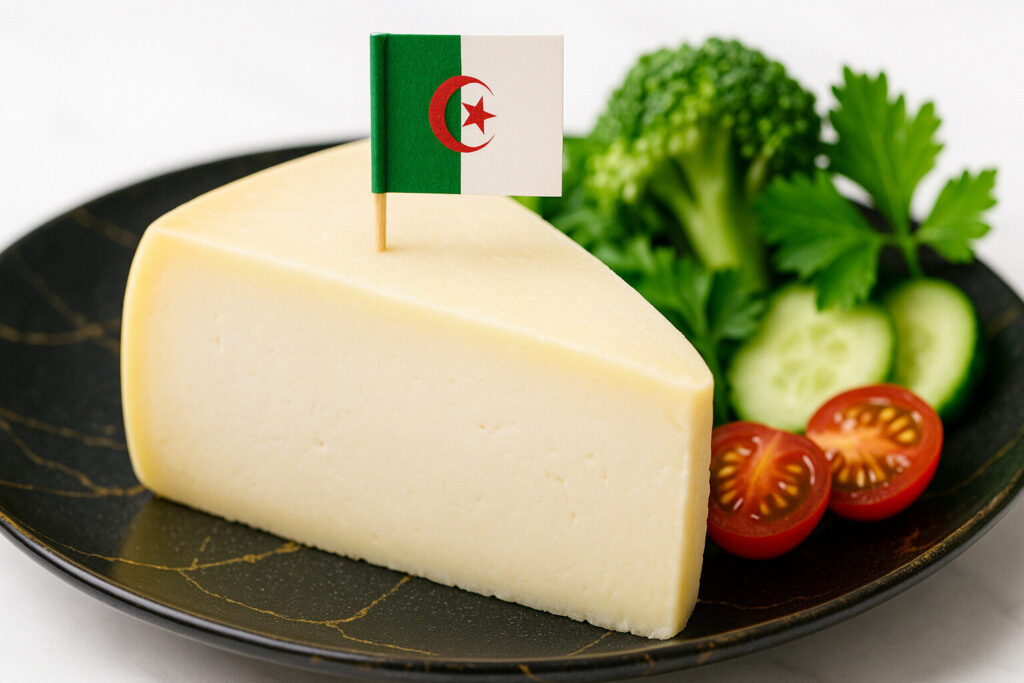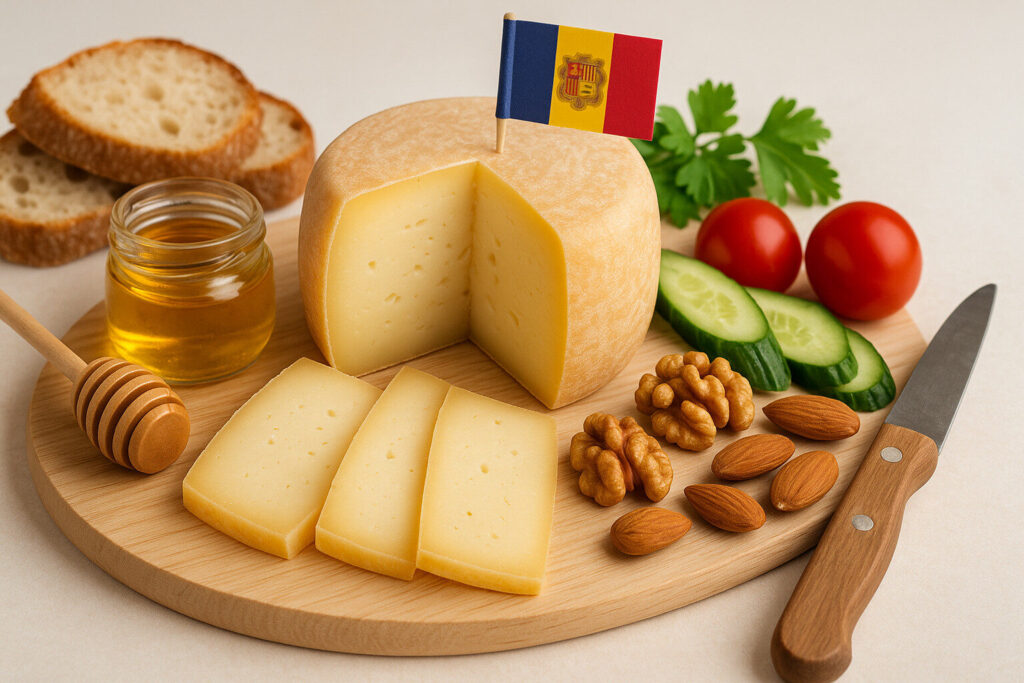Grassy Notes Cheese
Definition and Scope
Grassy notes are aromatic compounds in cheese that evoke fresh-cut grass, hay, or herbal qualities. These flavors originate from terpenes and other volatile organic compounds present in the animal’s diet. They are most prominent in cheeses from pasture-raised animals during spring and summer grazing seasons. This sensory characteristic is a key marker of terroir in artisanal cheese production.
The intensity of grassy notes varies significantly across cheese styles and aging periods. Young, fresh cheeses like certain goat varieties often display vibrant green aromas. In contrast, aged alpine cheeses may develop subtler hay-like undertones. These notes contribute important complexity to cheese flavor wheels and professional tasting lexicons.
Production Influences
Grassy flavors develop primarily through the transfer of plant compounds from feed to milk. Cows, goats, and sheep consuming fresh pasture grasses accumulate terpenes in their milk fat. The specific botanical composition of pastures directly determines the herbal character profile. Traditional grazing practices enhance these transfer mechanisms compared to confined feeding operations.
Cheesemaking techniques can either preserve or diminish grassy characteristics. Minimal pasteurization helps retain volatile aromatic compounds. Certain bacterial cultures used during fermentation can either amplify or transform these green notes. Aging conditions and duration significantly impact the evolution of grassy flavors over time.
Sensory Profile
Grassy notes present as a spectrum of fresh vegetative aromas ranging from delicate herbal to robust hay-like scents. Common descriptors include fresh-cut grass, clover, alfalfa, and chamomile. These aromas are often accompanied by slight vegetal or floral undertones that create complexity. The perception typically occurs in the initial olfactory phase before tasting.
On the palate, grassy flavors manifest as clean, green characteristics that can range from subtle to dominant. They frequently pair with mild acidity and creamy textures in younger cheeses. In more mature varieties, these notes may integrate with nutty or buttery flavors. The finish often leaves a refreshing, clean sensation reminiscent of meadows or pastures.
Culinary Applications
Cheeses with grassy notes pair exceptionally well with fresh vegetables and herbal ingredients. They complement spring salads, asparagus, and pea dishes while enhancing their natural green characteristics. These cheeses work particularly well in composed plates where their vegetal notes create harmonious flavor bridges.
Beverage pairings highlight the versatility of grassy cheeses. Crisp white wines like Sauvignon Blanc mirror their herbal qualities. Pale ales and certain herbal teas also create complementary partnerships. The freshness of these cheeses makes them ideal for light applications rather than heavy, cooked preparations.
Regional Examples
French goat cheeses from the Loire Valley frequently exhibit pronounced grassy notes. Chèvre varieties like Selles-sur-Cher and Crottin de Chavignol showcase these characteristics when produced during peak pasture seasons. The limestone-rich pastures of this region contribute specific terroir-driven herbal qualities that distinguish these cheeses.
English territorial cheeses often display grassy undertones, particularly in spring-made varieties. Double Gloucester and certain Cheddars from pasture-based dairies demonstrate these qualities. Alpine cheeses like Swiss Gruyère may develop hay-like notes from high-altitude summer grazing. These regional expressions demonstrate how local flora shapes cheese flavor profiles.













